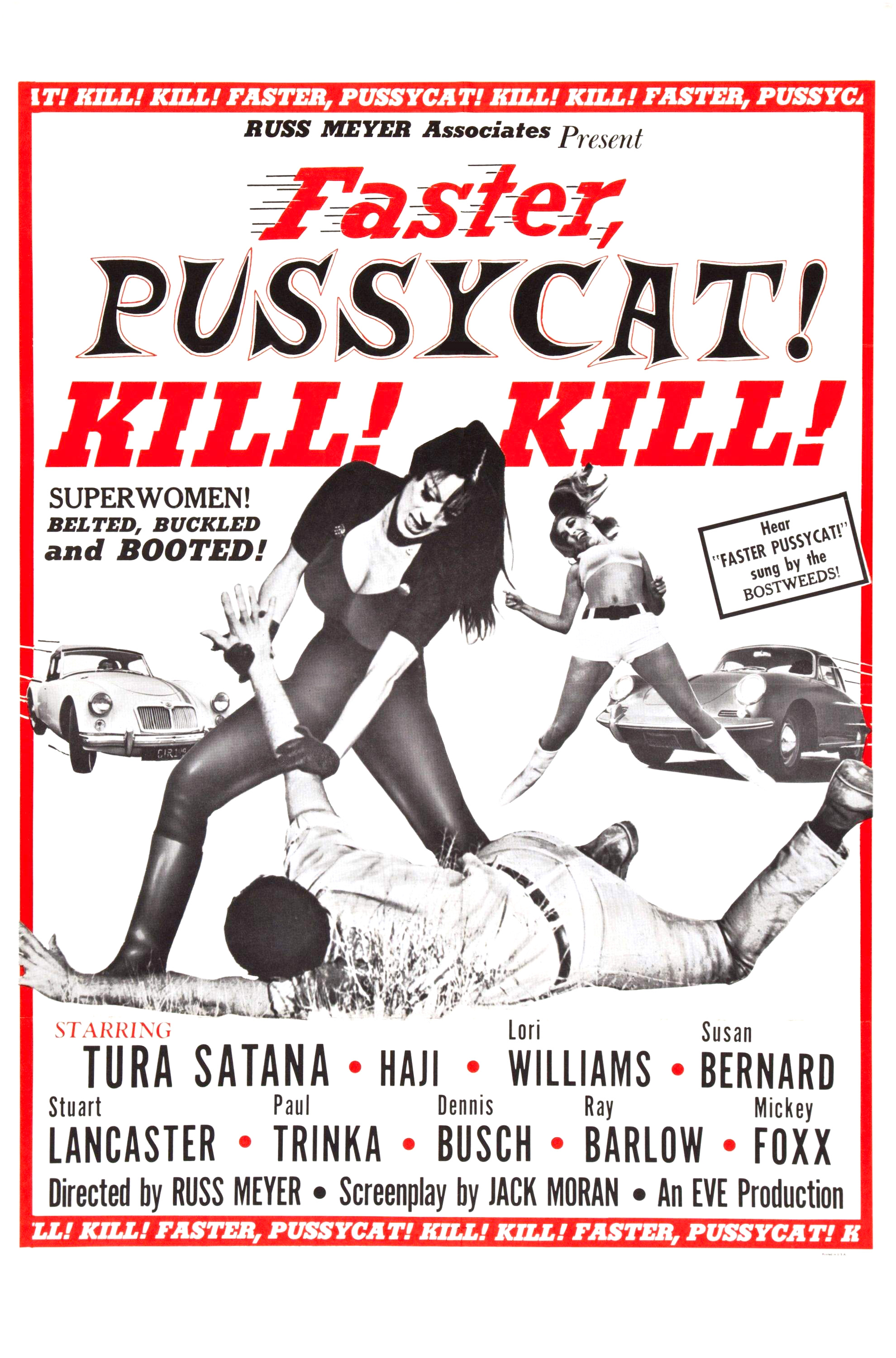Haji, an Actress Featured in Cult Films by Russ Meyer, Dies at 67Posted in Articles, Arts, Asian Diaspora, Biography, Media Archive, United States, Women on 2013-08-24 20:39Z by Steven |
Haji, an Actress Featured in Cult Films by Russ Meyer, Dies at 67
The New York Times
2013-08-17
Haji [Barbarella Catton], a voluptuous actress who played one of three homicidal go-go dancers in Russ Meyer’s 1965 cult film “Faster, Pussycat! Kill! Kill!,” died on Aug. 9 in Southern California. She was 67.
Her death was confirmed by the dancer and actress Kitten Natividad, a friend, who said she did not know the cause. She said Haji had high blood pressure and heart problems in recent years and was taken to a hospital after falling ill at a restaurant in Newport Beach.
Haji, a brunette of Filipino and British descent, met Meyer, the celebrated B-movie director, in the mid-1960s while she worked in a strip club in California. He cast her as the lead in his biker movie “Motorpsycho” (1965) even though she had no acting experience…
Read the entire obituary here.



